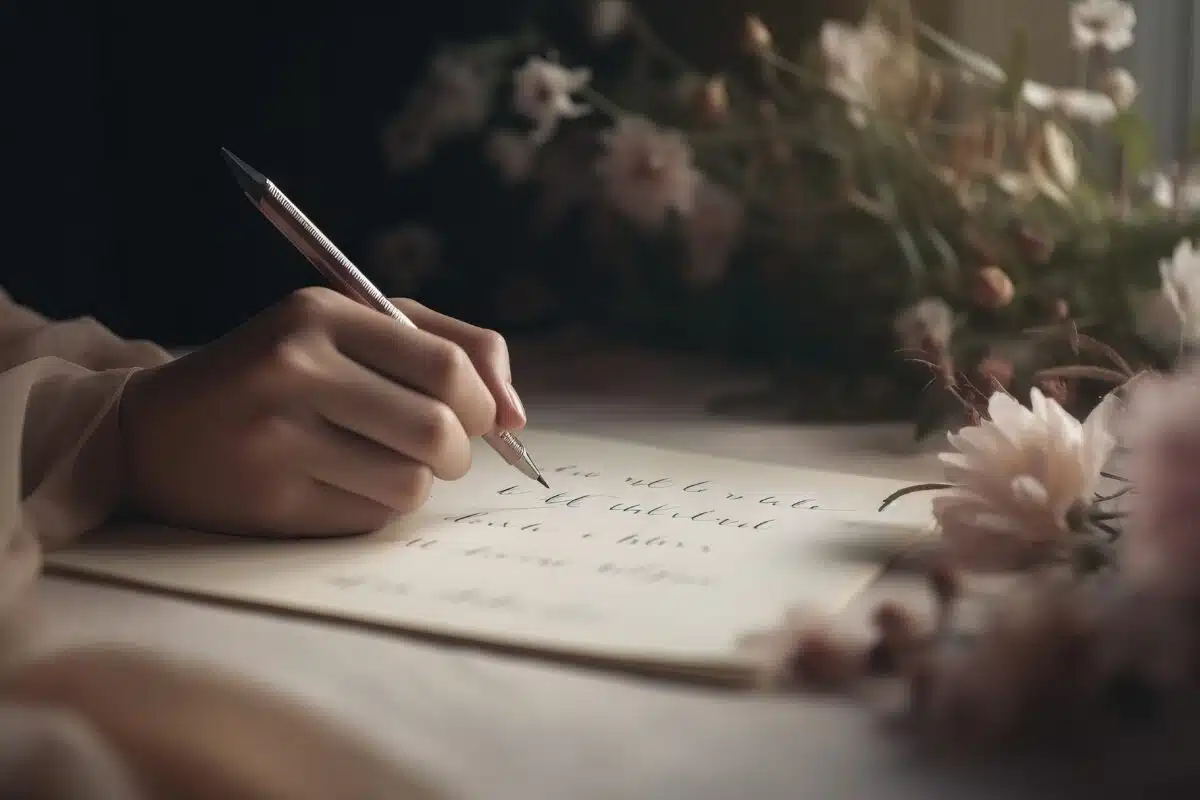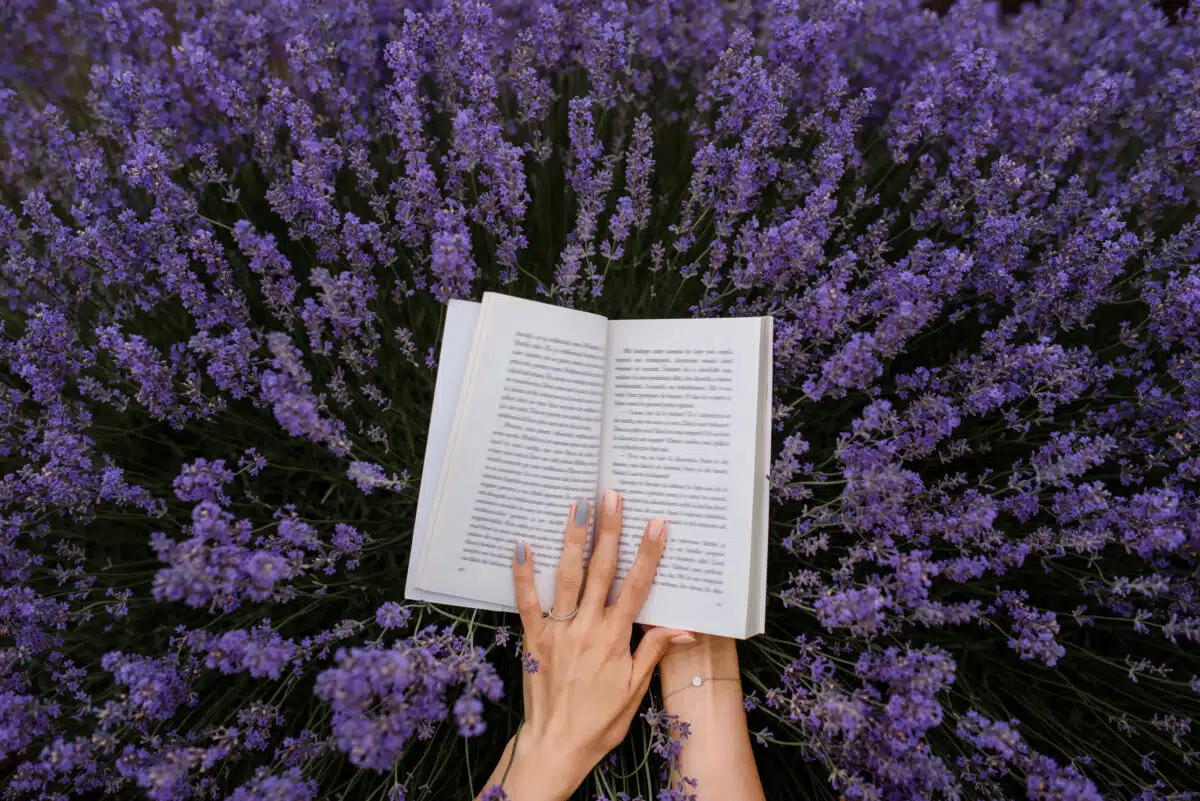Here’s what the Monostich poetry form is:
Monostich poems are single-line poems.
By looking at the prefix “mono” (meaning single, one, only) we can quickly tell this poem is a one-liner.
Due to its length, some scholars debate whether monostich poetry should even be considered a true poem or not.
So if you want to learn all about the Monostich poetry type, then you’ve come to the right place.
Keep reading!

Forms of Poetry: The Monostich

A monostich is a poem consisting of a single line.
Monostich poems are often fragmentary, offering only a peek into some image or feeling due to their brevity.
Most poets who write monostiches do so as an exercise in concision.
A monostich is a one-line poem.
This puts monostich poems in a unique position, wherein some scholars debate on whether a monostich should be considered a true poem or not.
Due to their length (or lack thereof), a monostich is naturally incapable of many of the qualities that general readers associate with poetry, such as rhyme scheme.
Regardless, the prevailing perspective is that if a single line was meant to be a standalone poem, then the writer’s intent should be respected.
Monostiches tend to be short lines since brevity is the key focus of the form.
A 20-word line could still technically be a monostich if there are no intentional line breaks, but it loses much of the form’s spirit as a result of the length.
Basic Properties of Monostich Poems

| Rhyme Structure | Impossible due to the length |
| Meter | Optional; rare |
| Origin | Unknown |
| Popularity | Still mostly only seen as a fun exercise, though some scattered publications of monostiches have existed. |
| Theme | Varies |
History of the Monostich

Monostich poetry would have been essentially unheard of in ancient literature, as many cultures that heavily featured poetry took great pride in establishing lengthy and complex forms.
The notion of the ‘one-liner’ and the capacity for wit in a single line has always existed in some form or another.
However, it was not until recent history that writers started exploring the concept of one line existing as an entirely independent poem.
An early modern example of a monostich was a Russian poem by Valery Bryusov in 1894 (published 1895).
But the concept didn’t truly take off until the early 20th century when works such as Emmanuel Lochac’s Monostiches started to make small ripples in western literature.
The concept had been experimented with prior, but earlier examples were usually treated as jokes or novelties that were not meant to be taken seriously as literature.

Most modern monostiches come from western languages other than English, like French and Russian.
English monostiches are often influenced by the popularity of the haiku, a form carried over from Japanese literature.
Yvor Winter is one example of a poet who was explicitly influenced by the growing popularity of haikus and Imagism and felt thusly inspired to try reducing poetry down to the shortest possible length.
Haikus themselves are sometimes written as monostiches in English, though this practice is certainly less common than the typical three lines usually used.
Example of a Monostich Poem

Aloft, her soft eyes did surmise more, tears pouring out.
The above example is a monostich that experiments with phonetic techniques.
The repetition of sounds and combinations of sounds gives the poem a meaningful musicality, while the poem itself only reflects one very small fragment of a potential narrative.
We don’t know who “she” is and it isn’t entirely clear why she’s crying or what about, but there’s just enough context here to create the illusion of narrative.
This allows the reader to fill in the blanks.
Tips for Writing a Monostich

A monostich should typically focus on something very precise or some very tiny detail to try to capture in words.
One line isn’t long enough to tell a complicated story with various plot twists, but it can be enough space to convey the essence of a story (as in the “six-word story” exercise that is popular among writers).
Alternatively, a monostich can completely disregard any attempt at narrative and focus on a feeling or image.
A simple description of a curtain blowing in the wind or a snapshot of a sunbeam through an apple tree might serve well as examples.
For feelings, one could try to describe the exact moment that a friendship breaks in only a few words.

One fun exercise with a monostich is to see how many literary techniques you can fit in a single line, setting a hard cap for yourself on how long it can be.
Can you fit a rhyme, an instance of alliteration, and an instance of assonance into just eight words or less?
Monostiches are generally not a poem type, yet you can pursue them as a profitable piece to publish.
Monostiches may not be taken seriously, but they can be a delightful way to pass the time, practice concision, or improve how you execute images in your work.
Poet’s Note

While there is some debate over whether a one-liner should count as a poem or not, there’s also debate about everything else in the language.
Take whichever side you want as long as you can sound convincing.
Comprehensive Collection of Poetry Forms: Craft Words Into Art

Dare to traverse the entire spectrum of poetic forms, from the commonplace to the extraordinary?
Venture from the quintessential Sonnet to the elusive Mistress Bradstreet stanza, right through to the daunting complexity of Cro Cumaisc Etir Casbairdni Ocus Lethrannaigecht.
For those with a zeal to encounter the full breadth of poetry’s forms, this invitation is yours.
Start exploring the vast universe of poetic ingenuity with our comprehensive array of poetry forms right now!
